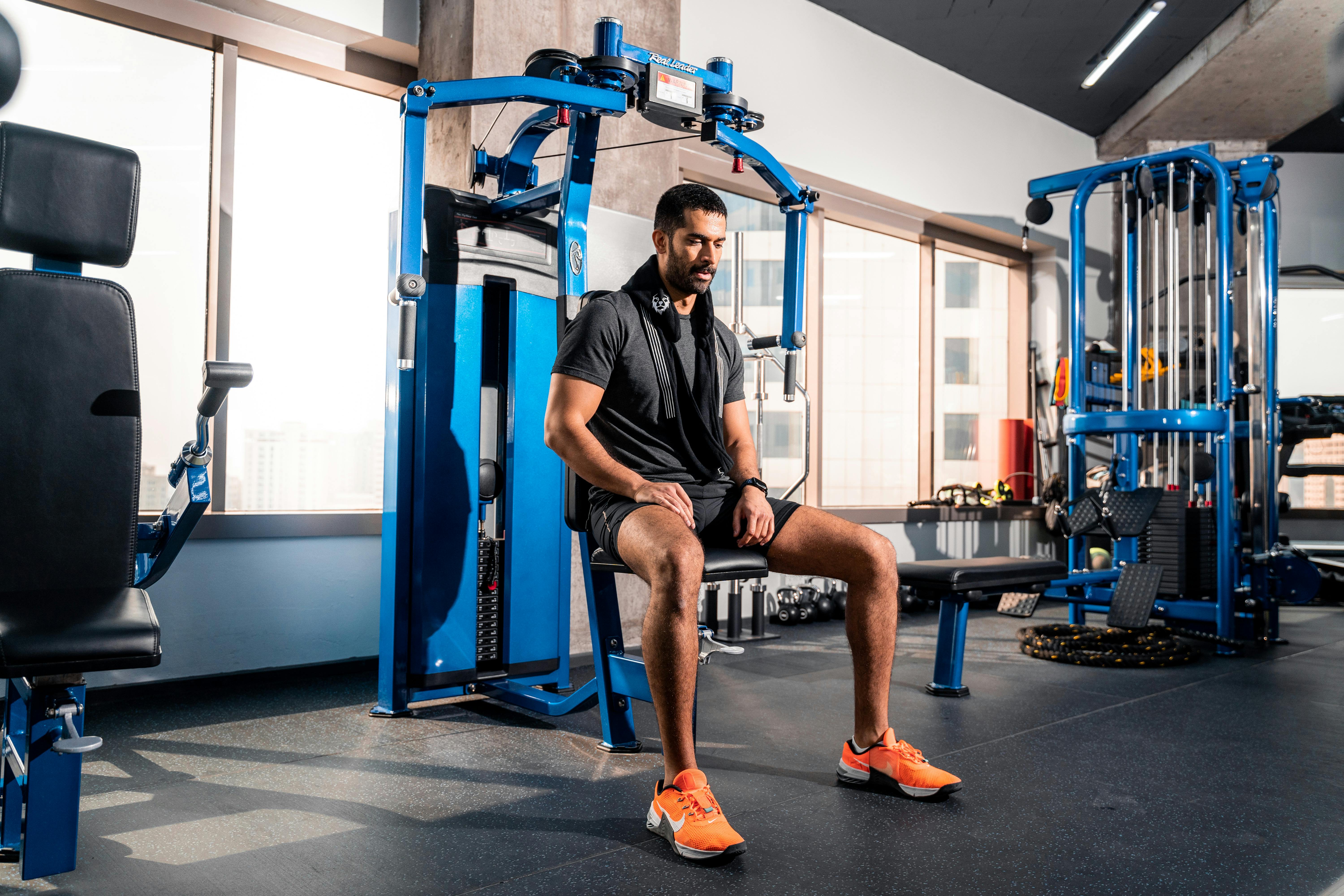Essential Guide to Gym Training Plans for Beginners in 2025: Learn More for Success
Starting a gym training plan can feel daunting, especially for beginners. It’s vital to construct a personalized workout routine that targets your specific fitness goals while considering essential elements like nutrition, recovery, and exercise variations. Whether you aim to build muscle, improve endurance, or maintain a healthy lifestyle, understanding the fundamentals of a training plan can set you on the right path toward success. This guide will explore effective strategies to create a balanced gym program geared toward beginners in 2025.
In this article, you’ll learn about foundational workout routines, nutritional advice, and the importance of consistency. Additionally, we will provide insights on how to track your progress and overcome common challenges faced by beginners. With the right guidance, you can enhance your fitness journey and achieve your goals effectively.
Key takeaways include:
- Understanding different training methods and their benefits.
- The essential components of a well-rounded gym training plan.
- Strategies for setting realistic fitness goals.
- Expert tips for monitoring your progress.

Understanding the Basics of a Gym Training Plan
Building on the fundamentals of fitness, understanding the essentials of a gym training plan is crucial. Many beginners overlook the importance of a structured approach, leading to frustration and lack of direction. A comprehensive training plan incorporates various components, including workout routines, nutrition, and recovery strategies, aimed at helping individuals achieve their unique fitness goals.
Key Components of a Training Plan
Every effective training plan includes several key components:
- Assessment of Fitness Level: Understanding your current fitness level helps tailor workouts to your abilities and avoid injury.
- Workout Frequency: Establishing how many days per week you’ll train provides structure and encourages regularity.
- Exercise Variation: Including a mix of strength, cardio, and flexibility exercises ensures comprehensive development.
Utilizing a holistic approach ensures that every aspect of your fitness journey is catered to, helping you build a strong foundation.
Common Mistakes Beginners Make
Many beginners make common errors that hinder their progress. Some of these include:
- Neglecting Warm-Up and Cool Down: Starting without warming up and not finishing with recovery can lead to injuries.
- Ignoring Nutrition: Proper dietary practices are essential for muscle recovery and overall health.
- Inconsistency in Training: Sticking to a routine increases the chance of achieving your fitness goals.
Avoiding these pitfalls enhances your chances of success and prolongs your fitness journey.

Choosing the Right Type of Training: Strength vs. Endurance
With these basics established, let’s explore the types of training suitable for beginners. Choosing between strength and endurance training can significantly impact your goals and results. Understanding the differences and how they align with your objectives is essential for an effective training approach.
Strength Training: Building Muscle
Strength training focuses on muscle hypertrophy and power. Beginners should engage in compound movements such as squats, deadlifts, and bench presses. These exercises target multiple muscle groups, maximally stimulating muscle growth.
Effective strength training consists of:
- Progressive Overload: Gradually increasing weights and resistance over time to continually challenge your muscles.
- Variety of Exercises: Incorporating different movements keeps your workouts engaging and effective.
Engaging with a personal trainer can help build a solid foundation, allowing you to safely navigate the complexities of strength training.
Endurance Training: Improving Stamina
On the other hand, endurance training emphasizes cardiovascular fitness and stamina. Activities like running, cycling, and swimming help improve aerobic capacity and overall health.
This type of training includes:
- Interval Training: Alternating between high and low-intensity exercises to enhance stamina efficiently.
- Consistency: Regularly engaging in cardio sessions promotes better heart health and weight management.
Combining elements from both training types into your routine helps maximize overall fitness and supports diverse health goals.
Nutrition: Fueling Your Fitness Journey
Connected to this principle of training, nutrition plays a pivotal role in your fitness success. An optimized diet not only fuels workouts but also aids in recovery and overall well-being.
Basic Nutrition Guidelines for Beginners
When establishing a nutrition plan, beginners should prioritize:
- Balanced Meals: Ensure each meal contains proteins, healthy fats, and complex carbohydrates to support muscle growth and recovery.
- Staying Hydrated: Adequate hydration is crucial for peak performance and recovery.
Identifying and avoiding fad diets will also empower you to make sustainable changes that truly benefit health.
Timing Your Nutrition
Another essential aspect of nutrition is timing. Consuming the right nutrients before and after your workouts will enhance performance and recovery.
Two key times to consider:
- Pre-Workout Nutrition: Focus on consuming carbohydrates and protein to fuel your workout effectively.
- Post-Workout Recovery: Incorporate protein-rich foods soon after exercising to support muscle repair.
Utilizing proper nutritional strategies enables you to make the most out of your workouts.
Monitoring Your Progress: How to Stay on Track
With the fundamentals of training and nutrition established, the next step is to monitor your progress effectively. Tracking your achievements helps maintain motivation and ensures you remain aligned with your fitness goals.
Tools for Fitness Monitoring
Several tools can assist in monitoring your fitness journey:
- Fitness Apps: Utilize available fitness tracking applications to log workouts and nutrition, providing visual insights into your progress.
- Body Composition Tracking: Regularly measure body fat percentage and muscle growth for an accurate representation of your overall health.
Using a combination of these tools empowers you to make informed decisions regarding your training regimen.
Setting SMART Goals
Setting SMART (Specific, Measurable, Achievable, Relevant, Time-bound) goals can further enhance your chances of success. Instead of vague objectives, establish clear, attainable targets to ensure progress remains consistent.
For example, rather than stating, “I want to get stronger,” specify “I will increase my squat weight by 10 pounds in the next eight weeks.”
This strategic goal-setting fosters a sense of achievement and provides motivation along the way.
Conclusion: Building Your Fitness Journey
In conclusion, a well-structured gym training plan is vital for beginners seeking long-term success in their fitness journey. Incorporating elements such as strength and endurance training, balanced nutrition, and effective progress monitoring will enhance your overall fitness experience. By setting realistic goals and remaining motivated, you’ll be on your way to achieving your health and wellness objectives.
For those interested in further exploring fitness strategies and tips, consider checking out the following topics to deepen your understanding:
